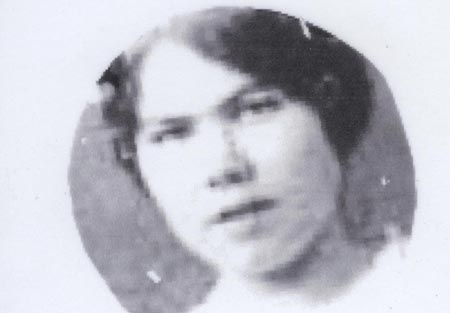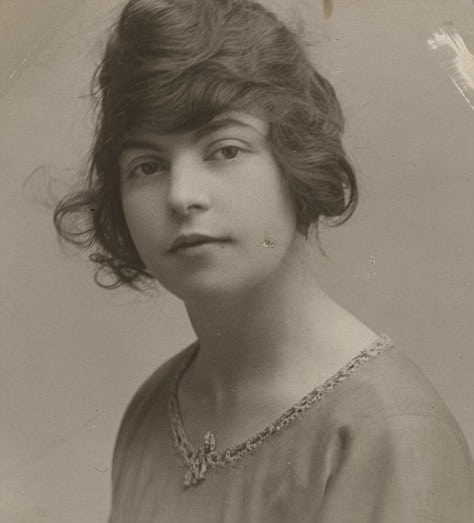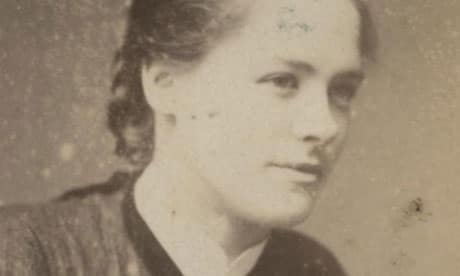All female gangs may be on the increase in modern society, but they have existed since the late 19yh century.
The gang, The Forty Elephants, conducted major shoplifting operations in London’s West End department stores from the 1870’s to the 1950’s…and they weren’t shy of using violence.
One of their leaders, Alice Diamond, adorned her fingers with diamond rings, which apparently could take out an eye in a fist fight. Along with Florrie Holmes and Maggie Hughes, The Elephants dressed elegantly and expensively, hiding their crimes under a veneer of high living.
Three of the gang were later jailed for theft.
London was in the firm grip of the ruthless girl gang which, between the 1870s and the 1950s, was responsible for the biggest shoplifting racket the country has ever seen. They also dabbled in many other crimes like blackmail and kidnapping, and they thought nothing of dishing out beatings or exacting revenge on enemies with knives and metal bars.
By the start of the 20th century most of London had heard of them. By then they were using high-powered cars to outrun police and their raids were getting more audacious.
They also lived the life of glamorous movie stars, throwing wild parties and spending lavishly in pubs and restaurants. Without doubt they were the most notorious girl gang Britain’s ever seen.
The Forty Elephants, also called The Forty Thieves, was first mentioned in newspapers in 1873, but records suggest it had existed since the late 1700s and ruled part of London’s underworld for almost 200 years.
They worked with the villainous Elephant and Castle gang, a group of male thieves and burglars, and lived within a mile of South London’s Elephant and Castle. The girls raided some of London’s biggest stores including Debenham and Freebody, later Debenhams, in Oxford Street, DH Evans, Selfridges and Whiteleys.
They always swiped the most expensive jewellery and clothes.
The group was at its most ruthless under Alice Diamond, who became Queen in 1916 at the age of 20.

In 1925, she took the gang to carry out a brutal attack on a male crook she fell out with. Some were jailed for the assault, including Diamond who still led the mob from behind bars.
One of the rare occasions one of the girls was caught stealing was in 1923, when Maggie Hughes ran out of a jeweller’s with a tray of diamond rings, straight into a policeman’s arms.
After Diamond was succeeded as Queen in the 1930s, the gang’s notoriety faded and was eventually forgotten.
Until now these young women have hardly got a mention in history books. Hopefully now they will get starring roles.
by Professor P.T. Brown



